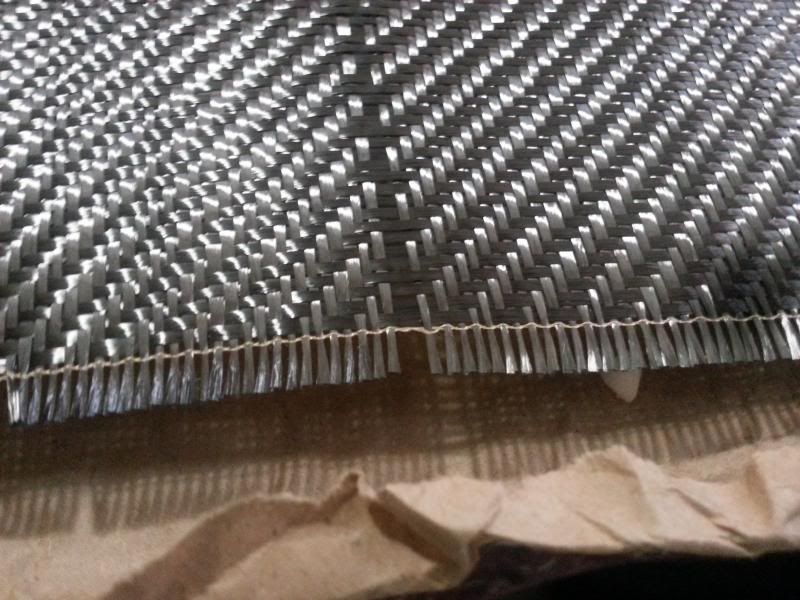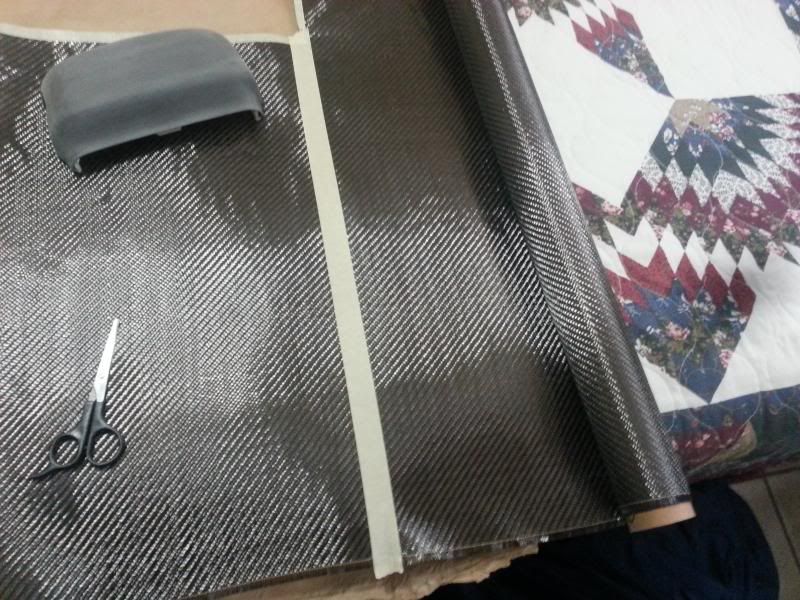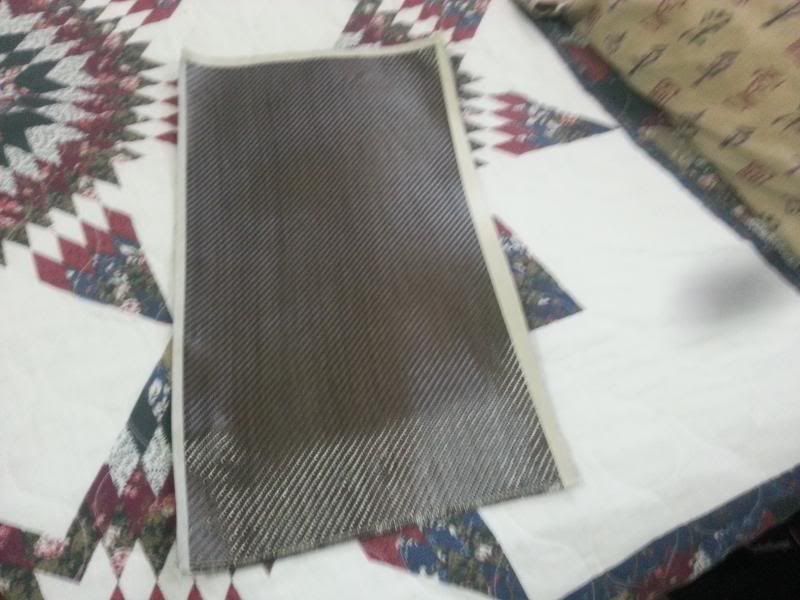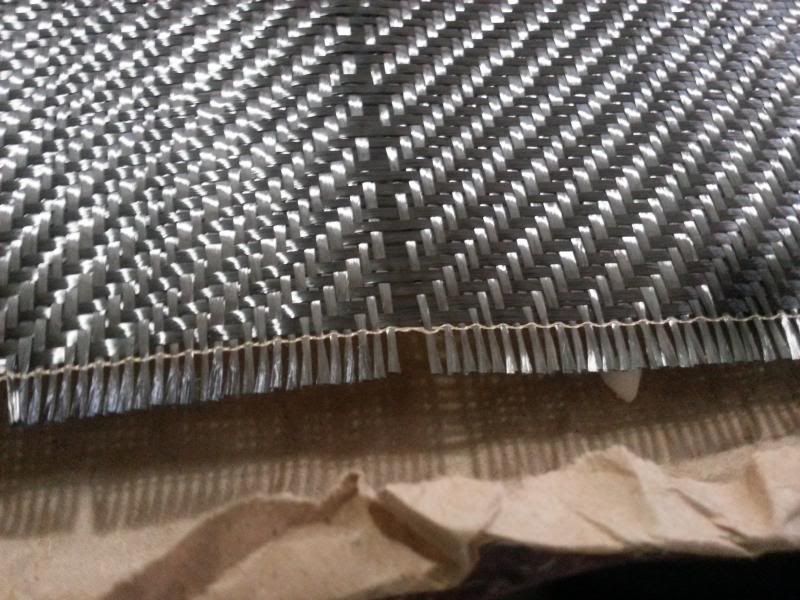








Masking tape helps when drilling inside of a carbon fiber tube (in the even you need the aperture to be larger). When I started drilling, it was cracking a lot. I figured that fast drill setting and slow movement of the hand is best. I also tried wet drilling, but it didn’t work well. I was drilling 10mm tube with 1mm wall thickness. 
On the side note, where are all the admins? I’ve tried to post a thread but no one has approved it. I even sent a message through forum inquiring about this - radio silence. I really need some advise on covering the tube inside. Thanks!
Consider buying de-natured alcohol for cleanup, washing brushes etc. It doesn’t evaporate quite so quickly and is a filler cheaper per gallon than acetone.
That should read a dollar cheaper
So here’s my trick. No where near as experienced as you guys but I had an issue with two molds last time. I couldn’t find the leaks so I used cheap caulk and a gun to go around the seams where my bag met the tape and mold. Saved myself 2 parts. Maybe I got lucky but dropping a bead of caulk was much easier than chasing things around with bagging tape.
Consider using de-natured alcohol instead of acetone for clean up of bench,brushes etc. It evaporates slightly slower than acetone. It is also $1 per gallon cheaper than acetone. Use acetone for cleaning laminate before secondary bonding etc.
Not sure if it has been mentioned, but one trick I’ve picked up is to heat up your bagging tape to get it really nice and tacky and soft. I generally throw the roll in the sun for 10 minutes in summer or put it in the curing oven at 40-50 degrees for 10 minutes in winter before applying it to the mould flanges or LFT bag. If it cools off again before I finish bagging then I get the heat gun out and warm it up as I go around and press it down.
I’ve had virtually zero leaks since I started doing this, and it saves your thumbs a lot of work on larger moulds!
If you are using pva on a good surface mold or plug/pattern, it is not necessary to use wax beforehand. This is probably going to be controversial, but if the pva covers completely there will be no sticking of parts.
Yes, you don’t need to, however it does make releasing much better. I would also suggest if using PVA, to actually wax the PVA after it cures. This makes demoulding, and removal even easier. I dislike PVA a lot, but it does have its applications for crappy old moulds, and quick splashes.
When applying epoxy surface coats it is annoying to have bristled coming out of the brush and on to the surface coat. Pull out a length of 2" masking tape on your bench (sticky side up) and stifle the brush vigorously on the tape. This will remove most of the loose bristles.
good trade for you. I think healthy, productive RBs are much harder to find than TEs.
Applying PVA was a major PITA for me initially.
Every book and website tells you to wax first and then apply PVA, but very few tell you that Partall #2 is the only wax that’s proven to not cause the PVA to bead up and run.
If you spray PVA when it’s hot outside, the alcohol evaporates before the PVA reaches the mold surface so the plastic in the PVA turns into webs floating in the air and falling onto the mold requiring you to clean it all off and start over. I came across a post on a boat building forum by a member named “tunnels”. He swore by this method of spraying PVA to eliminate webs, drips, runs and orange peel. First, mix the PVA with cool water 50/50. This eliminates the webs. Next, use a .8mm nozzle touchup HVLP spray gun. Use high pressure, 60psi or more. Close the fluid control completely. Now open the fluid control just enough to see a fine mist. As you spray, you won’t be able to see the PVA on the mold, but it’s there. If you spray your hand at close range, you’ll see how much is actually coming out. He says “if you can see the PVA on the mold, you’re spraying too much”, and I agree. Using this method, I’ve had perfect results. Tunnels suggested only spraying two coats, but I spray about six to be safe and it’s still invisible. The unused mix can be poured into a second bottle labeled “PVA/water” and used next time.
One more for PVA, if you don’t need a high gloss A+ finish:
Mist it on with a spray gun,in such a way the fine drops stay intact on your surface. this will give you a matte finish, and can be used over very rough surfaces. Great for stuff which comes out of the cnc machine what got a final finish of 80 grit sanding. The finish is less sticky as a mould surface and prevents some pinholes as well.